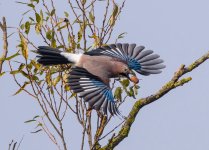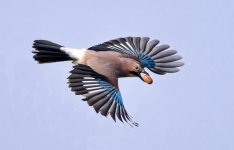Before I bought my first refractor a little over a year ago I thought a lot about what to get. The advantages of the SCs and Maksutovs was obvious, size, weight, portability, cost etc etc. I decided against one for two reasons; less contrast/saturation and above all, the doughnut bokeh. There is nothing you can do in PP that can match the nice, natural looking bokeh of refracting lenses. Not that the bokeh of our scopes is all that great, but it is far better than the ringlets produced by reflectors. Professional photographers spend lots of money on lenses that can produce smooth bokeh. Not all lenses do.
The thought of having to doctor every picture I take with anything but a smooth, featureless background was too much for me, so I went with an ED doublet and recently with an ED triplet. The bokeh is much better with the triplet mainly because there is less CA/fringing in the out of focus areas. The backgrounds look less fractured and disturbing, even after the CA is "killed", but they are still a far cry from what you get with a good portrait lens or with one of those monster Canon 600mm/4 jobs.
My feeling is that it is best to have the best possible image projected on the sensor from the start rather than have to make corrections in PP. It is amazing what you can do in PP now, but corrections are still corrections. They take time and they can never match an image that needs no correction.
There is no ideal solution, just compromises. You have to work with what you have and can afford, and what best suits your needs. If you can make a reflector work for you, great! I doubt, though, that you will see me lugging a 10" Dob through the bush chasing birds.






